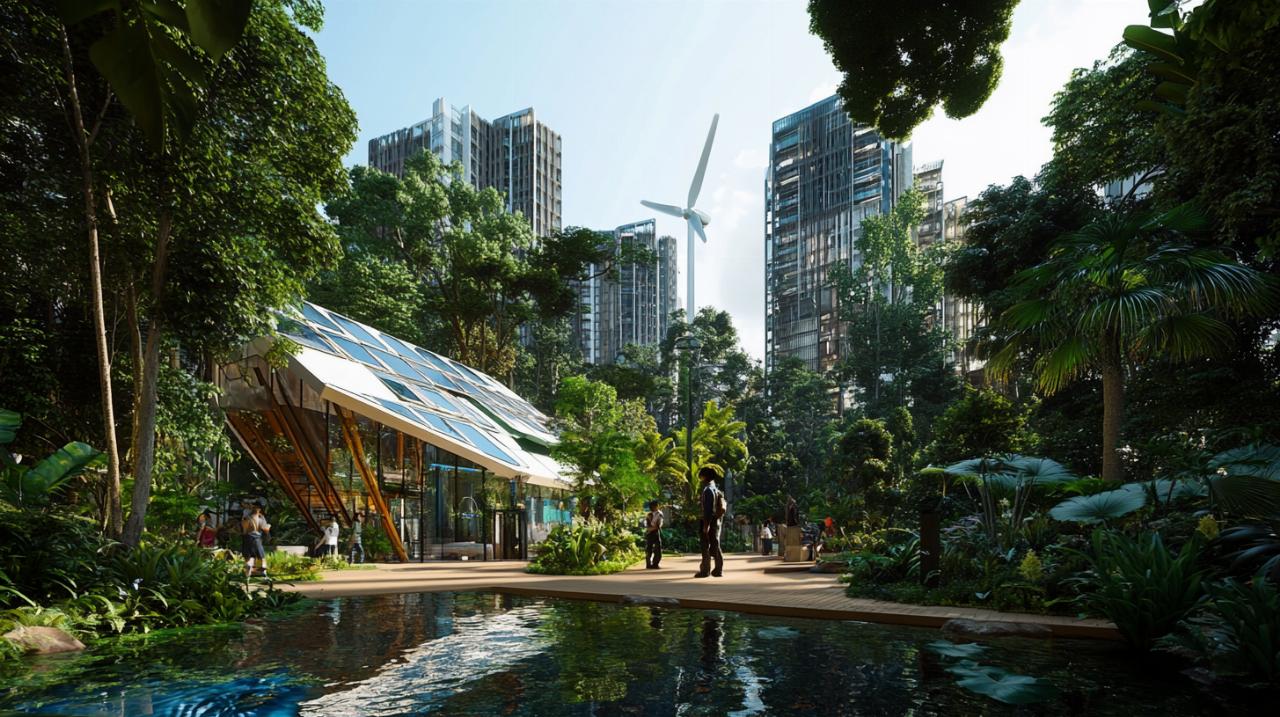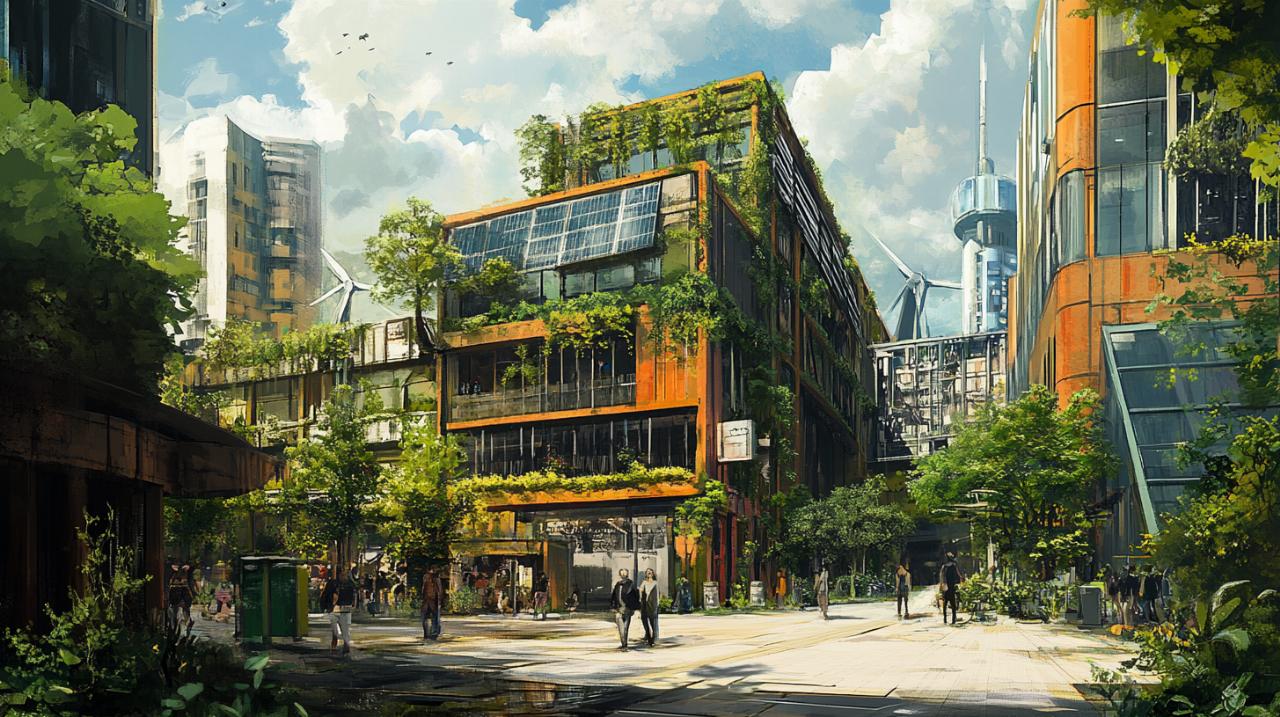The modern approach to renovating properties has evolved far beyond aesthetic improvements. Today, homeowners and businesses alike are discovering that making thoughtful choices during renovation projects can deliver tangible advantages whilst simultaneously addressing pressing environmental challenges. This shift represents a fundamental change in how we think about maintaining and upgrading our built environment, recognising that every decision carries consequences that extend well beyond our immediate surroundings.
Financial and Personal Benefits of Sustainable Refurbishment for Homeowners
When property owners embrace sustainable refurbishment practices, they unlock a remarkable array of financial advantages that accumulate over time. The initial investment in environmentally conscious upgrades often pays dividends through substantially reduced operating expenses, creating a compelling economic case alongside the ecological benefits. Homeowners who prioritise sustainability during their renovation projects frequently discover that their properties become more attractive to prospective buyers or tenants, translating into enhanced asset values that reflect growing market preferences for responsible design.
Reduced energy bills through enhanced efficiency
One of the most immediate and noticeable benefits comes through dramatically lower energy consumption. Installing LED lighting systems equipped with motion sensors ensures that electricity is only used when genuinely needed, whilst upgrading to high-efficiency heating, ventilation and air conditioning systems can transform how a property manages its thermal environment. Natural insulation materials such as wool, cork and wood fibre provide exceptional thermal performance, keeping homes comfortable throughout the seasons whilst minimising reliance on mechanical systems. Renewable energy installations, including heat pumps, solar panels and smart thermostats, further reduce dependence on conventional energy sources, with some households reporting annual savings exceeding two hundred pounds. These technologies work in concert to create buildings that require far less energy to maintain comfortable conditions, delivering financial relief that continues year after year.
Creating healthier living spaces with eco-friendly materials
Beyond the financial considerations, sustainable refurbishment fundamentally improves the quality of indoor environments where people spend the majority of their time. Selecting non-toxic paints, natural fabrics like cotton, linen and bamboo, and FSC-certified wood ensures that harmful chemicals remain absent from living spaces. This conscious material selection reduces exposure to volatile organic compounds and other substances that can compromise respiratory health and overall wellbeing. Incorporating biophilic design elements such as living walls and indoor plants further enhances air quality whilst creating psychologically beneficial connections to nature. Low-flow plumbing fixtures, including dual flush toilets and aerated taps, conserve water resources without sacrificing functionality, demonstrating that sustainable choices need not involve compromise. The cumulative effect of these decisions creates spaces that actively support occupant health, productivity and comfort whilst treading lightly on natural resources.
Environmental impact: how sustainable refurbishment protects our planet

The ecological advantages of responsible renovation extend far beyond individual properties, contributing meaningfully to broader environmental objectives that address climate change and resource depletion. According to the International Energy Agency, achieving net-zero carbon emissions by mid-century requires retrofitting approximately twenty per cent of existing buildings to zero-carbon readiness within the current decade. This ambitious target underscores the critical role that refurbishment plays in the transition towards a sustainable built environment, offering a practical pathway that avoids the significant environmental costs associated with demolition and new construction.
Lowering carbon emissions through responsible renovation
Choosing to refurbish existing structures rather than demolish and rebuild delivers substantial reductions in carbon emissions. Research indicates that repairing items can cut embodied emissions by between fifty-seven and eighty-seven per cent, whilst remanufacturing processes require merely fifteen per cent of the energy needed for producing new items. Commercial properties in the UK must now achieve an Energy Performance Certificate rating of E or higher to remain legally tenantable, driving property owners towards meaningful energy efficiency improvements. Installing renewable energy systems and upgrading insulation transforms buildings into lower-carbon entities that contribute less to atmospheric greenhouse gas concentrations throughout their operational lifespan. The cumulative effect of these interventions across millions of properties represents a significant contribution towards national and international climate commitments, demonstrating that individual renovation decisions collectively shape environmental outcomes.
Conserving Essential Resources with Recycled Materials and Waste Reduction
Sustainable refurbishment embraces the principles of circular economy, prioritising the reuse and recycling of materials to minimise extraction of virgin resources. Remanufacturing processes utilise between eighty and ninety-eight per cent fewer raw materials compared to manufacturing new products, whilst repair initiatives can divert seventy to ninety per cent of potential waste from landfill sites. Companies specialising in refurbishment have diverted millions of kilograms of furniture from waste streams by restoring items to serviceable condition, extending product lifecycles and reducing demand for newly manufactured replacements. This approach acknowledges that many building materials and furnishings retain substantial utility long after their initial installation, requiring only modest interventions to restore full functionality. Incorporating recycled furniture, reclaimed materials and locally sourced fixtures further reduces the environmental footprint of renovation projects, minimising transportation emissions whilst supporting regional economies. The adoption of Digital Product Passports and material tracking systems enhances transparency throughout supply chains, enabling more informed decisions about material selection and end-of-life management. By viewing buildings as repositories of valuable resources rather than candidates for disposal, sustainable refurbishment fundamentally challenges wasteful linear consumption patterns that have characterised the construction industry for decades, pointing towards a more regenerative relationship between the built environment and natural systems.
